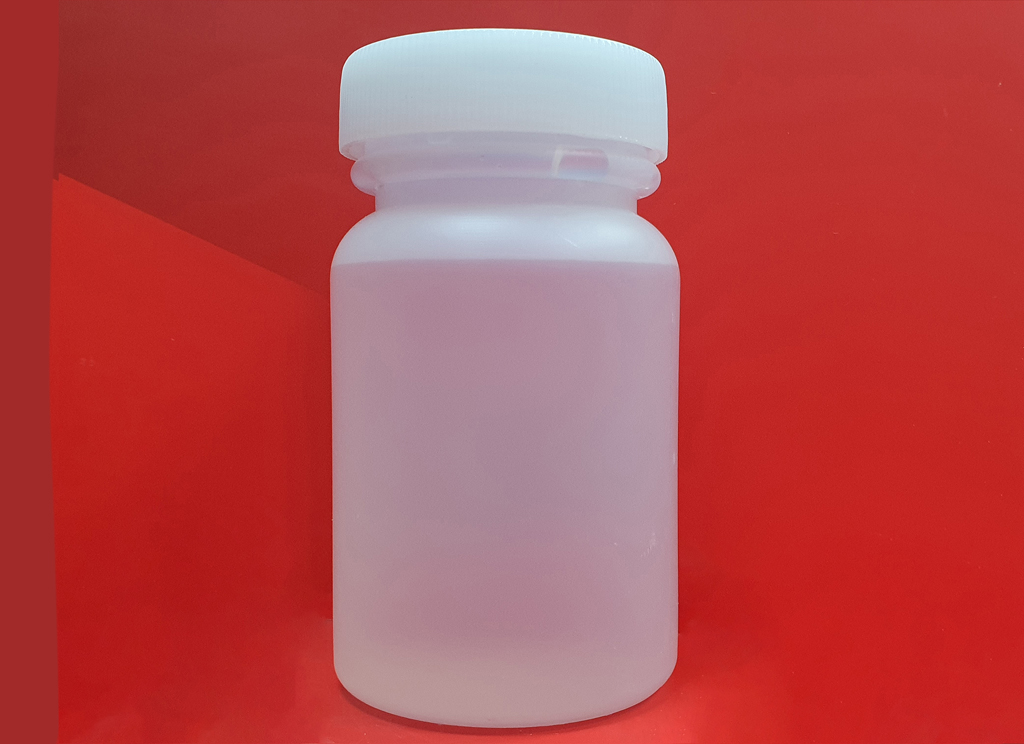HOME>>Product Description(Filler Powder/Filler Masterbatch/Additives)>> TAIC Crossinglinking Coagent (Liquid)

TAIC Crossinglinking Coagent (Liquid)
Specifications
Item: ET-109 (99% TAIC)
Boiling point: 144°C/(3mmHg), 297°C/(N2 760mmgHg)
Density: 1.155 (30°C)
Melting point: 24-26°C
Viscosity: 85±2cps (30°C)
Flash point: 355°C
Description
TAIC Liquid is the liquid form of Triallyl Isocyanurate (chemical formula: C₁₂H₁₅N₃O₃), and appears as a light yellow transparent oily liquid. As a highly efficient crosslinking coagent, its liquid form allows for easy mixing and processing, and it is widely used in polymer crosslinking reactions that require uniform dispersion.
Features
Crosslinking coagent: In peroxide and radiation crosslinking vulcanization systems, it provides rapid grafting crosslinking, and its ability to extend the vulcanization time results in a more complete crosslinking process.
Modifier: Effectively improves the compression set of synthetic resins and synthetic fibers, shortening the injection molding, extrusion, and secondary molding time.
Plasticizer: Enhances heat resistance and enables the production of products with varying hardness and flexibility.
High Reactivity: Liquid TAIC contains three allyl groups, enabling rapid free radical reactions with resins (such as rubber and plastics) to form a dense crosslinked network.
Excellent Dispersion: Its liquid form allows for uniform dispersion within the substrate, effectively preventing agglomeration issues common with powder forms, and enhancing crosslinking efficiency.
High-Temperature Resistance: The cross-linked material can withstand long-term exposure to high temperatures ranging from 180°C to 250°C, making it suitable for harsh environments
Low Viscosity & Easy Processing: With excellent flowability, it can be directly injected into reaction systems, making it suitable for spraying, dipping, or blending processes.
Versatility: Functions as a crosslinking agent, modifier, and curing agent. When used with peroxides (such as DCP), it enhances the synergistic effects.
Other: Flame-retardant materials, diluents for coating/UV/non-volatile cladding processing, and media for UV-curing (crosslinking) coatings.
Applications
Rubber industry: crosslinking modification of EPDM, silicone rubber and fluororubber for manufacturing high-temperature sealing rings, automotive hoses, and other products.
Plastic Processing: Improves the heat resistance and creep resistance of polyethylene (PE) and polypropylene (PP), such as hot water pipes and heat-resistant containers.
Coatings and Adhesives: Serves as a crosslinking agent for UV-curable coatings and epoxy resins, enhancing coating hardness and chemical resistance.
Electronic Packaging Materials: Used for high-temperature-resistant crosslinking in semiconductor packaging adhesives and insulating potting compounds.
Composites: Blended with unsaturated polyester or acrylic resins to produce high-strength fiberglass/carbon fiber-reinforced products.